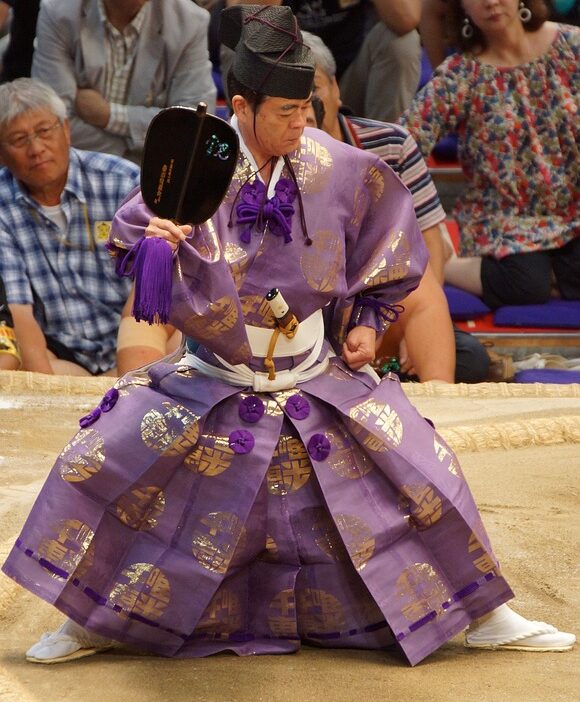Wrestling is one of the oldest forms of sport and self-defense, with roots embedded in various cultures around the world. Its evolution over time has given rise to numerous styles that reflect the traditions, values, and physical demands of the regions they originate from. This article embarks on a journey through the diverse landscape of wrestling, exploring its various styles and the cultural narratives that accompany them.
The Ancient Origins of Wrestling
Historically, wrestling dates back to ancient civilizations. The earliest known depictions of wrestlers are found in Sumerian artifacts dating back to 3000 BC, while the Egyptians practiced wrestling as a sport and training method for their warriors. The Greek Olympics introduced wrestling as a formal competitive event, establishing styles such as Grecoroman wrestling, which emphasizes throws and holds without the use of legs.
The legacy of these ancient practices set the stage for the many forms of wrestling known today. Each culture adopted wrestling for its specific needs—combat training, ritualistic purposes, or entertainment.
Styles of Wrestling Across the Globe
1. Folkstyle Wrestling (USA)
Predominantly practiced at schools and colleges in the United States, folkstyle wrestling emphasizes control and positional dominance. The rules revolve around getting the opponent to their back while maintaining a secure grip. The culture surrounding this style often includes team competition and sportsmanship, reflecting American values of teamwork and dedication.
2. Freestyle Wrestling (International)
Freestyle wrestling is practiced globally and is one of the two wrestling styles featured in the Olympics. This style allows wrestlers to use their legs for both attack and defense, encouraging dynamic movements and a blend of techniques from various traditions. Freestyle’s international appeal has led to an exchange of techniques and strategies, creating a melting pot of wrestling styles from different nations.
3. Grecoroman Wrestling
With its strong emphasis on upper body strength and technique, Grecoroman wrestling forbids holds below the waist. Originating from ancient Greece, this style highlights not only athleticism but also strategy and skill. Wrestlers often face cultural pressures to maintain discipline and honor, especially as it is steeped in historical significance.
4. Sambo (Russia)
Developed in the Soviet Union in the early 20th century, Sambo is a martial art that combines elements of judo and wrestling. It focuses on throws, ground control, and submissions. As a combat sport, Sambo reflects the Soviet emphasis on effective self-defense techniques, influenced by military training methods and local wrestling traditions.
5. Lucha Libre (Mexico)
Lucha libre is characterized by colorful masks, flamboyant costumes, and high-flying maneuvers. It blends athletic competition with theater and cultural significance, celebrating Latin American traditions and mythology. Wrestlers, or "luchadores," often embody larger-than-life characters that resonate with the audience’s cultural narratives.
6. Sumo (Japan)
Sumo wresting, with its deep-rooted history in Japanese culture, is more than just a sport; it is a ritual steeped in Shinto beliefs. Wrestlers, or "rikishi," undergo rigorous training and adhere to strict lifestyles. The ceremonial aspects, including salt purification and the unique attire, highlight the blend of sport and spirituality, making sumo wrestling a testament to Japan’s cultural heritage.
7. Kushti (India)
Practiced in rural areas and traditionally linked to the Indian wrestling system, kushti combines wrestling with rigorous training known as "akhara." Wrestler’s training often incorporates physical fitness, mental discipline, and traditional lifestyle. The sport is emblematic of concepts such as honor, masculinity, and competitive spirit, deeply rooted in Indian mythology and folklore.
Cultural Significance and Modern Adaptations
Wrestling is more than just a physical contest; it embodies cultural beliefs, societal values, and the preservation of heritage. As globalization weaves its tapestry of cultural exchange, wrestling has adapted, modernized, and in some instances, transformed into commercial entertainment.
The rise of professional wrestling, particularly in countries like the United States, has introduced a new dimension to the sport, blending athletic competition with performance art. Wrestlers today often draw inspiration from their cultural backgrounds, infusing traditional styles with modern techniques and narratives.
Conclusion
The global landscape of wrestling is rich and varied, offering a glimpse into the cultures, philosophies, and histories of different societies. Whether through the disciplined training of sumo wrestlers in Japan or the theatrical flair of lucha libre in Mexico, wrestling remains a universal language—a testament to human strength, resilience, and cultural expression.
As we continue to witness the evolution of wrestling, it is essential to recognize and celebrate the unique qualities that each style brings to the global stage. Through understanding and appreciation, we can honor the tradition of wrestling as a vital component of human connection, artistry, and athleticism.



